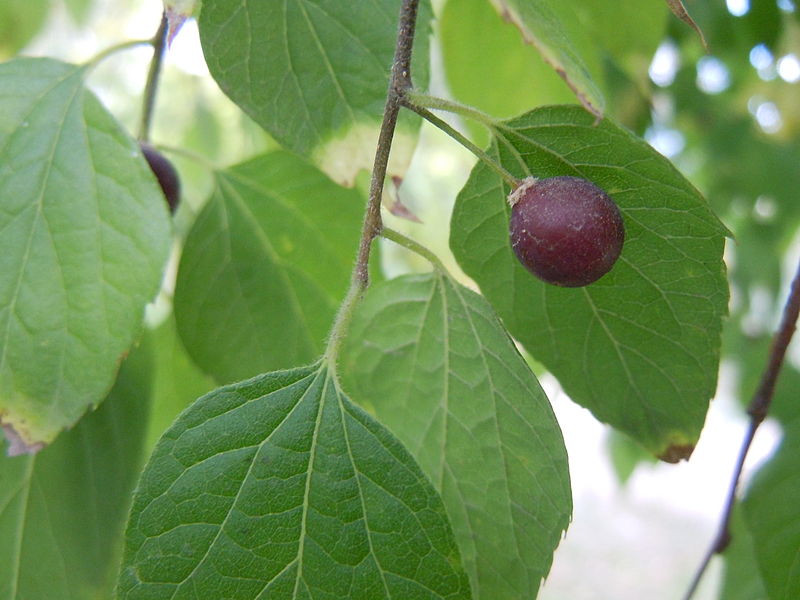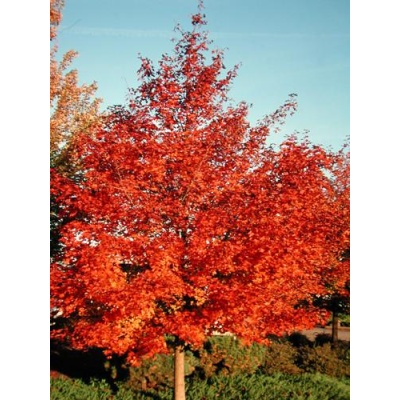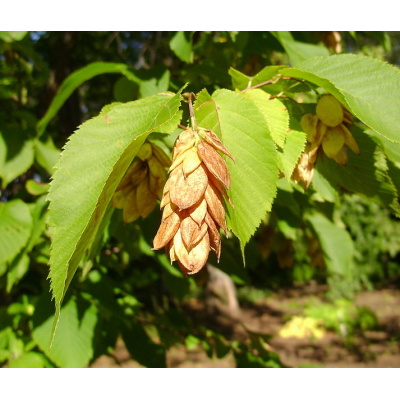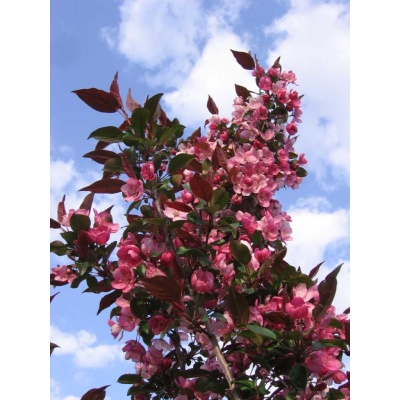Description
 Celtis occidentalis
Celtis occidentalis
Species Native to Missouri
Common Name: hackberry | Type: Tree
Family: Cannabaceae
Native Range: Central and northeastern North America
Zone: 2 to 9 | Height: 40.00 to 60.00 feet
Spread: 40.00 to 60.00 feet | Bloom Time: April to May
Bloom Description: Green | Sun: Full sun to part shade
Water: Medium to wet | Maintenance: Low
Suggested Use: Shade Tree, Street Tree, Rain Garden
Flower: Insignificant | Attracts: Birds, Butterflies
Fruit: Edible | Tolerate: Drought, Clay Soil, Wet Soil, Air Pollution
Culture
Best grown in moist, organically rich, well-drained soils in full sun. Tolerates part shade. Also tolerates wind, many urban pollutants and a wide range of soil conditions, including both wet, dry and poor soils.
Noteworthy Characteristics
Celtis occidentalis, commonly called common hackberry, is a medium to large sized deciduous tree that typically grows 40-60’ (less frequently to 100’) tall with upright-arching branching and a rounded spreading crown. Trunk diameter ranges from 1-3’ (less frequently to 4’). This tree is a U.S. native that is widely distributed throughout the east and midwest. It is common in Missouri where it typically occurs statewide in low woods along streams and in drier upland slopes (Steyemark). Mature gray bark develops corky ridges and warty texture. Insignificant, mostly monoecious, greenish flowers appear in spring (April–May), with male flowers in clusters and female flowers solitary. Female flowers give way to an often abundant fruit crop of round fleshy berry-like drupes maturing to deep purple. Each drupe has one round brown seed within. Fruits are attractive to a variety of wildlife. Birds consume the fruits and disperse the seeds. Fleshy parts of the fruit are edible and somewhat sweet. Ovate to oblong-ovate, rough-textured, glossy to dull green leaves (2-5” long) have mostly uneven leaf bases and are coarsely toothed from midleaf to acuminate (sharply pointed) tip. Undistinguished yellow fall color.
Genus name comes from the Greek name for another tree.
Specific epithet means Western.
Problems
Hackberry nipple gall is so common in the St. Louis area that it is often used as an aid in identifying the tree. Although the galls do not hurt the tree, they often significantly disfigure the leaves. Witches’ broom (dwarfed, dense, contorted twig clusters at the branch ends) is also somewhat common. It also does little harm to the tree, but can be quite unsightly. Powdery mildew, leaf spot and root rot may occur. Watch for lacebugs and scale.




Reviews
There are no reviews yet.